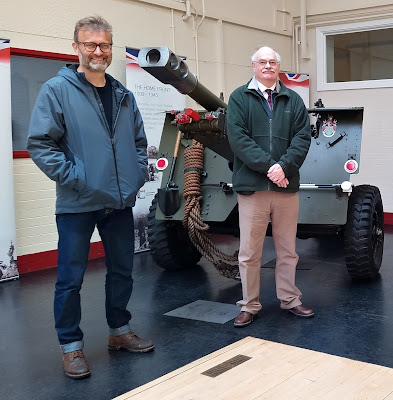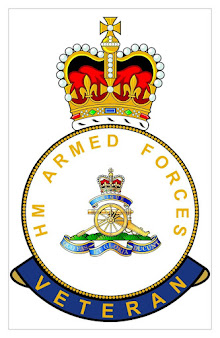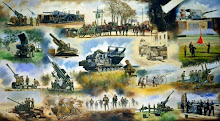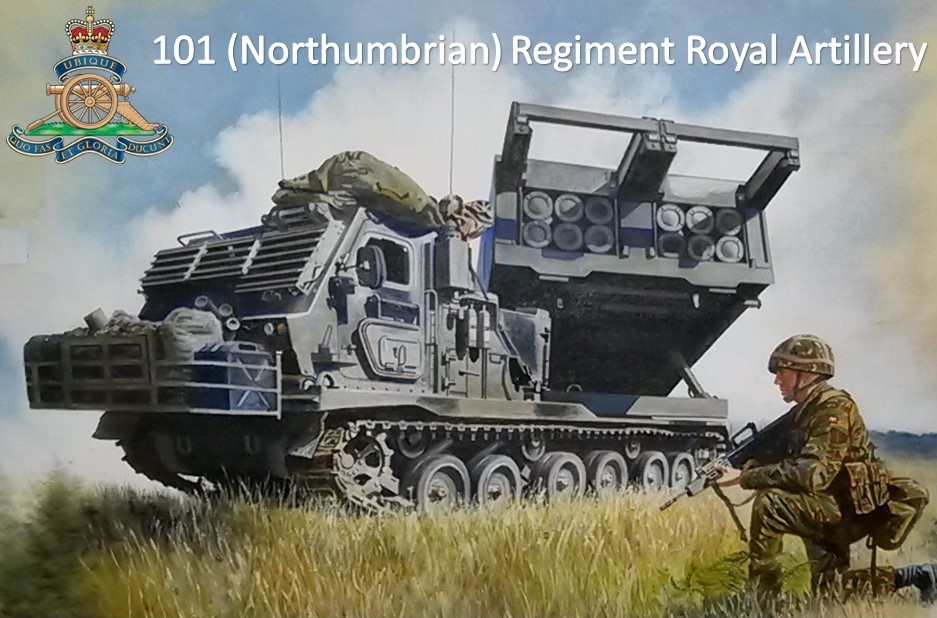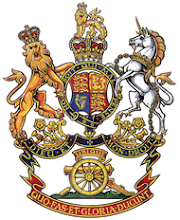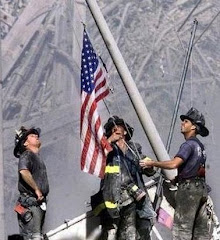 |
| HMB Endeavour Whitby Harbour |
Whitby Harbour contains a replica of HMB Endeavour the ship captained by James Cook which circumnavigated the globe during the first of his three voyages of exploration.
The Endeavour was constructed in Whitby as a collier to transport coal. It was launched in 1764 and named the Earl of Pembroke.
 |
| Earl of Pembroke under construction Whitby |
The flat bottomed design was ideal for working in shallow waters and the vessel could be beached to load / unload cargo as well as making basis repairs. It was felt these characteristics made the vessel ideal of exploring unchartered waters. In 1768 the Earl of Pembroke was purchased by the Royal Navy for a scientific mission to the Pacific Ocean. On 27 May 1768, Cook took command of Earl of Pembroke, and sailed to Deptford on the River Thames for refitting.
 |
| Earl of Pembroke sails from Whitby |
She was renamed His Majesty's Bark Endeavour. The name HMS Endeavour was already in use. The term Bark being used in the Royal Navy to describe a nondescript vessel that did not fit any of its usual categories.
 |
| His Majesty's Bark Endeavour |
 |
| His Majesty's Bark Endeavour |
HMB Endeavour was commissioned into the Royal Navy on 26th May 1768. It set sail under the Command of James Cook on 25th August 1768 on a scientific mission to Tahiti to
observe the 1769 transit of Venus across the Sun. It sailed around Cape Horn into the southern Pacifc Ocean and reached Tahiti in April 1769 in time to observe the transit. Cook then explored unknow coastlines around New Zealand and Australia. He returned home via Batvia (modern day Jakarta), reaching the Cape of Good Hope in March 1771. The Endeavour reached Dover on 12 July, having been at sea for nearly three years and circumnavigated the globe.
After the epic voyage the Endeavour was used to transport troops to and form the Falkland Islands. It was sold in 1775, re-named Lord Sandwich and used to transport timber from the Baltic. It would be used again as a troopship during the American War of Independence, before being scuttled as a blockship in the blockade of Arragansett Bay, Rhode Island in 1778
------o------
HMB Endeavour
Whitby Harbour
 |
| HMB Endeavour Whitby |
 |
| HMB Endeavour Whitby IJ |
 |
| HMB Endeavour Deck |
 |
| HMB Endeavour Captain Cooks Cabin |
 |
| HMB Endeavour Officers Dining |
 |
| HMB Endeavour Botanist |
.JPG) |
| HMB Endeavour VM IJ |
 |
| HMB Endeavour Model |
 |
| HMB Endeavour Maine and Small Arms |




















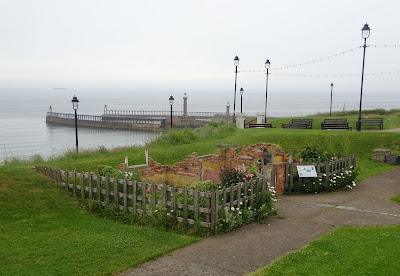

















.JPG)































.JPG)
.JPG)
.JPG)
.JPG)


